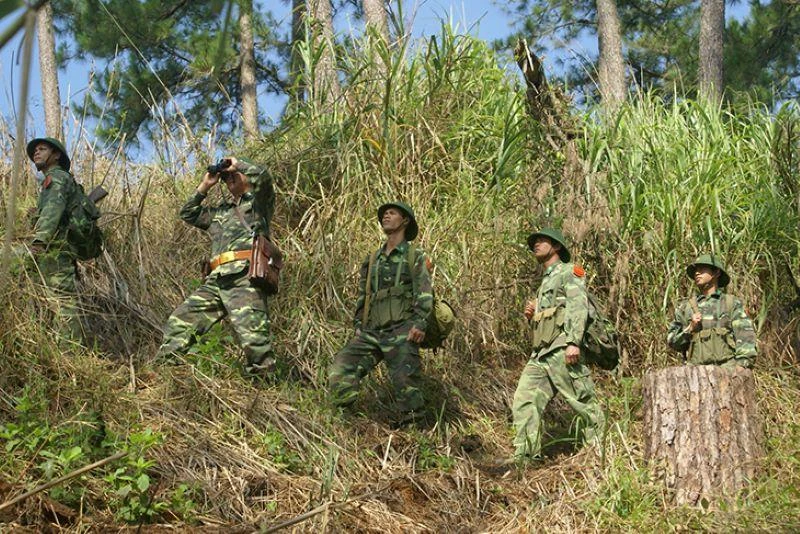
Quang Nam border guards patrol the Vietnam-Laos border.
Specify and ensure compliance with higher-level planning, including the National Master Plan, national sectoral planning, regional planning, and relevant provincial planning. Refer to the plan and roadmap for developing Lao border gates; ensure the formation of pairs of border gates symmetrically across the border, creating synchronization and bilateral compatibility right from the planning stage; thereby, helping to improve the operational efficiency of the Vietnam - Laos border gate system. Border gate planning is built in the direction of diversifying many types and levels; ensuring suitability and compatibility with each development stage to promote the socio-economic development of border provinces and the whole country. Distribute border gates reasonably, with focus, in accordance with natural geographical conditions, protect and minimize impacts on the environment and ecosystems in border areas; At the same time, it must be suitable for the requirements of socio-economic development combined with ensuring national defense and security, ensuring the integrity of territorial sovereignty and national borders. Border gate planning must be linked to the planning of the development of the transport system and related infrastructure, especially the border traffic connection between Vietnam and neighboring countries. The arrangement of border gates must ensure inter-sectoral and inter-regional connectivity; ensure connectivity in terms of industries, fields and geographical space.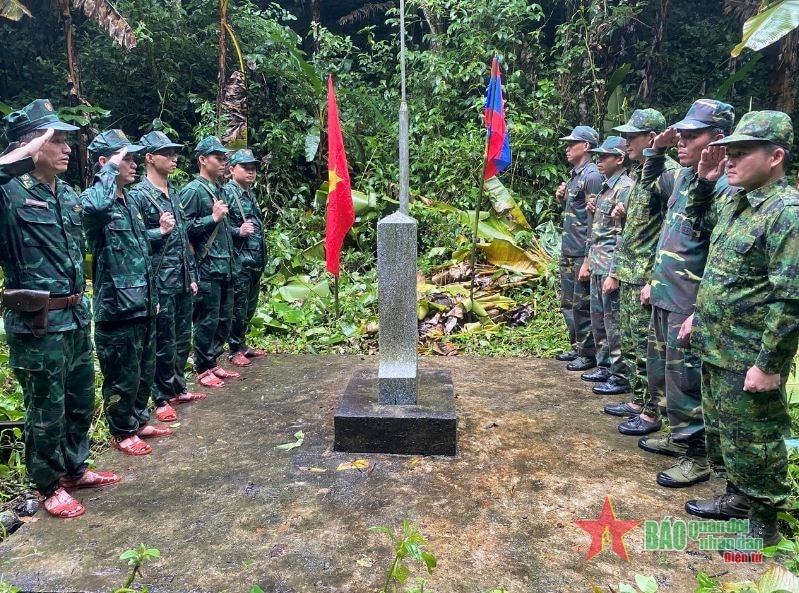
 "> Modernize and standardize the organization of border gate management: invest in synchronous and modern means and equipment, pay attention to training, improve human resources' qualifications, and improve the quality of border gate operations. The orientation for the development of the border gate system along the entire border line needs to be linked to economic axes and corridors, especially the 14 domestic economic corridors and 08 main foreign economic corridors of the country; at the same time, it is linked to the formation of urban systems and rural residential areas along the border. Regarding the goal of forming orientations and roadmaps for the development of the border gate system on the Vietnam - Laos land border in the medium term to 2030, linked to the long-term vision to 2050 and beyond, as a basis for ministries, branches and border provinces of Vietnam - Laos to deploy investment in border gate development in accordance with the Border Gate Planning. Standardize and modernize the border gate system in a green and clean direction; Step by step develop a system of digital border gates and smart border gates, suitable to the needs and level of integration of the country. Create conditions for border exchanges, crossings and management in accordance with the laws of each country, international laws and practices; serve economic development and improve the lives of people in the border areas between Vietnam and Laos; attract investment capital to build economic zones and specific border gates; increase revenue for local and central budgets. Create favorable conditions for economic and trade cooperation between Vietnam and Laos and through Laos to third countries in a regular, effective and sustainable manner. Specifically, by 2030, in terms of scale, quantity, type and distribution, it is expected that by 2030, the Vietnam - Laos border will have 46 border gates, including 15 international border gates, of which each Vietnam - Laos border province will have at least 01 international border gate, 10 main border gates and 21 secondary border gates. Regarding traffic connecting border gates, gradually complete the traffic infrastructure connecting border gates with the inland, connecting with border gates on the other side of the border and within the border gate area to meet the prescribed standards. Prioritize investment in inter-regional traffic routes connecting to important border gates, especially from key international border gates to economic centers, seaports, dry ports and inland waterways and other transport axes... in accordance with the approved road and railway network plans for the period 2021 - 2030, with a vision to 2050, specifically roads: Hanoi - Vientiane expressway through Thanh Thuy border gate (Nghe An province) - Nam On (Bo Ly Kham Xay province); project to upgrade Phu Thi Phuong road to Na Son border gate (Luang Prabang province) to connect with Huoi Puoc border gate (Dien Bien province); Research and invest in building expressways to the border gates of Tay Trang (Dien Bien province), Cha Lo (Quang Binh province), Lao Bao (Quang Tri province), Bo Y (Kon Tum province). Railway: Gradually build a railway connecting with Laos via the Vung Ang - Tan Ap - Mu Gia route from Vung Ang port to Vientiane (Laos) via the Cha Lo international border gate (Quang Binh province). Regarding border gate infrastructure, investment is oriented towards modern and synchronous infrastructure, equipment and techniques to form a green and clean border gate system with the goal of fast and effective customs clearance, basically meeting the standards of each type of border gate. At each border gate, plan functional areas in a harmonious and reasonable manner; ensure compatibility with the natural terrain, minimize negative impacts on the environment and ecosystem in the border area. Forming border gate areas with trade, logistics, tourism and service activities that are commensurate with the potential and demand for trade between the border provinces of Vietnam and Laos. By 2050, it is expected that there will be 49 border gates along the Vietnam - Laos border, including 21 international border gates, 15 main border gates and 13 secondary border gates. All Vietnam - Laos border provinces will have all three types of border gates: international, main and secondary.
"> Modernize and standardize the organization of border gate management: invest in synchronous and modern means and equipment, pay attention to training, improve human resources' qualifications, and improve the quality of border gate operations. The orientation for the development of the border gate system along the entire border line needs to be linked to economic axes and corridors, especially the 14 domestic economic corridors and 08 main foreign economic corridors of the country; at the same time, it is linked to the formation of urban systems and rural residential areas along the border. Regarding the goal of forming orientations and roadmaps for the development of the border gate system on the Vietnam - Laos land border in the medium term to 2030, linked to the long-term vision to 2050 and beyond, as a basis for ministries, branches and border provinces of Vietnam - Laos to deploy investment in border gate development in accordance with the Border Gate Planning. Standardize and modernize the border gate system in a green and clean direction; Step by step develop a system of digital border gates and smart border gates, suitable to the needs and level of integration of the country. Create conditions for border exchanges, crossings and management in accordance with the laws of each country, international laws and practices; serve economic development and improve the lives of people in the border areas between Vietnam and Laos; attract investment capital to build economic zones and specific border gates; increase revenue for local and central budgets. Create favorable conditions for economic and trade cooperation between Vietnam and Laos and through Laos to third countries in a regular, effective and sustainable manner. Specifically, by 2030, in terms of scale, quantity, type and distribution, it is expected that by 2030, the Vietnam - Laos border will have 46 border gates, including 15 international border gates, of which each Vietnam - Laos border province will have at least 01 international border gate, 10 main border gates and 21 secondary border gates. Regarding traffic connecting border gates, gradually complete the traffic infrastructure connecting border gates with the inland, connecting with border gates on the other side of the border and within the border gate area to meet the prescribed standards. Prioritize investment in inter-regional traffic routes connecting to important border gates, especially from key international border gates to economic centers, seaports, dry ports and inland waterways and other transport axes... in accordance with the approved road and railway network plans for the period 2021 - 2030, with a vision to 2050, specifically roads: Hanoi - Vientiane expressway through Thanh Thuy border gate (Nghe An province) - Nam On (Bo Ly Kham Xay province); project to upgrade Phu Thi Phuong road to Na Son border gate (Luang Prabang province) to connect with Huoi Puoc border gate (Dien Bien province); Research and invest in building expressways to the border gates of Tay Trang (Dien Bien province), Cha Lo (Quang Binh province), Lao Bao (Quang Tri province), Bo Y (Kon Tum province). Railway: Gradually build a railway connecting with Laos via the Vung Ang - Tan Ap - Mu Gia route from Vung Ang port to Vientiane (Laos) via the Cha Lo international border gate (Quang Binh province). Regarding border gate infrastructure, investment is oriented towards modern and synchronous infrastructure, equipment and techniques to form a green and clean border gate system with the goal of fast and effective customs clearance, basically meeting the standards of each type of border gate. At each border gate, plan functional areas in a harmonious and reasonable manner; ensure compatibility with the natural terrain, minimize negative impacts on the environment and ecosystem in the border area. Forming border gate areas with trade, logistics, tourism and service activities that are commensurate with the potential and demand for trade between the border provinces of Vietnam and Laos. By 2050, it is expected that there will be 49 border gates along the Vietnam - Laos border, including 21 international border gates, 15 main border gates and 13 secondary border gates. All Vietnam - Laos border provinces will have all three types of border gates: international, main and secondary.Kim Oanh


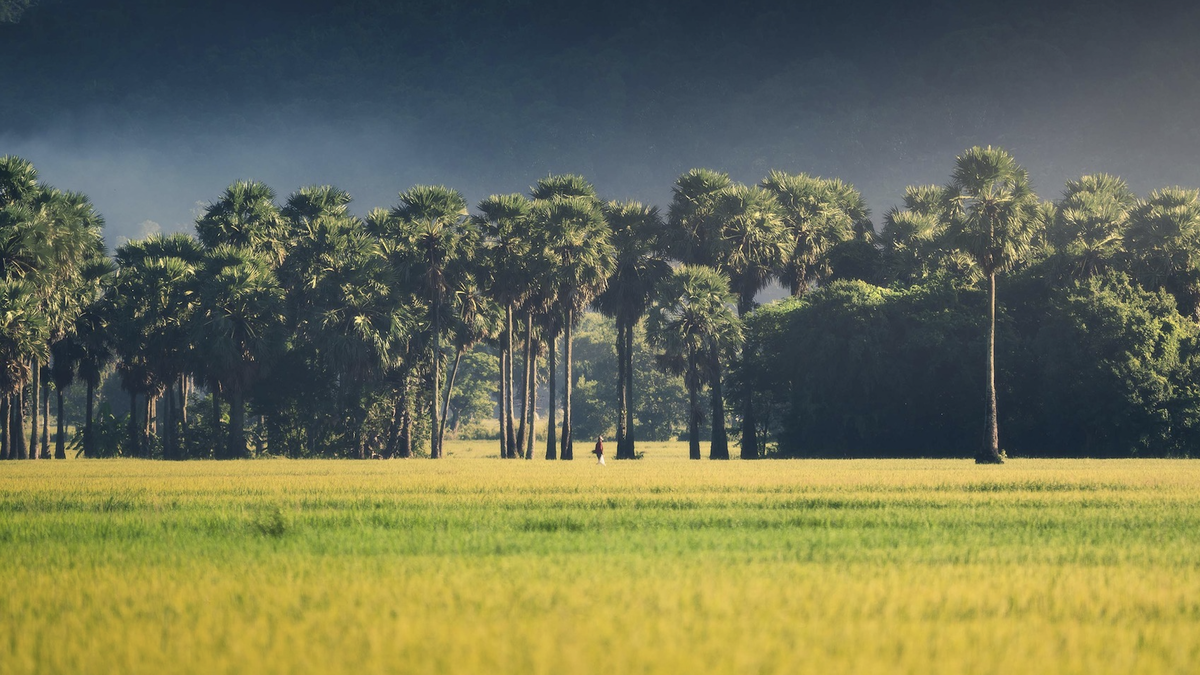
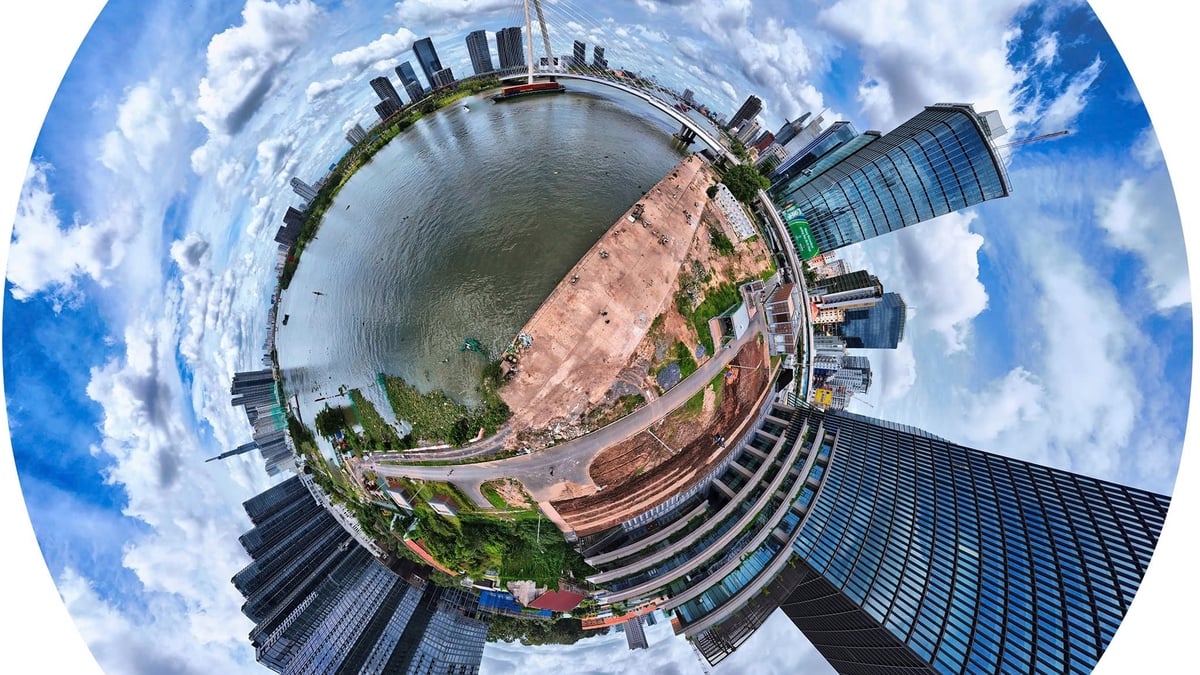

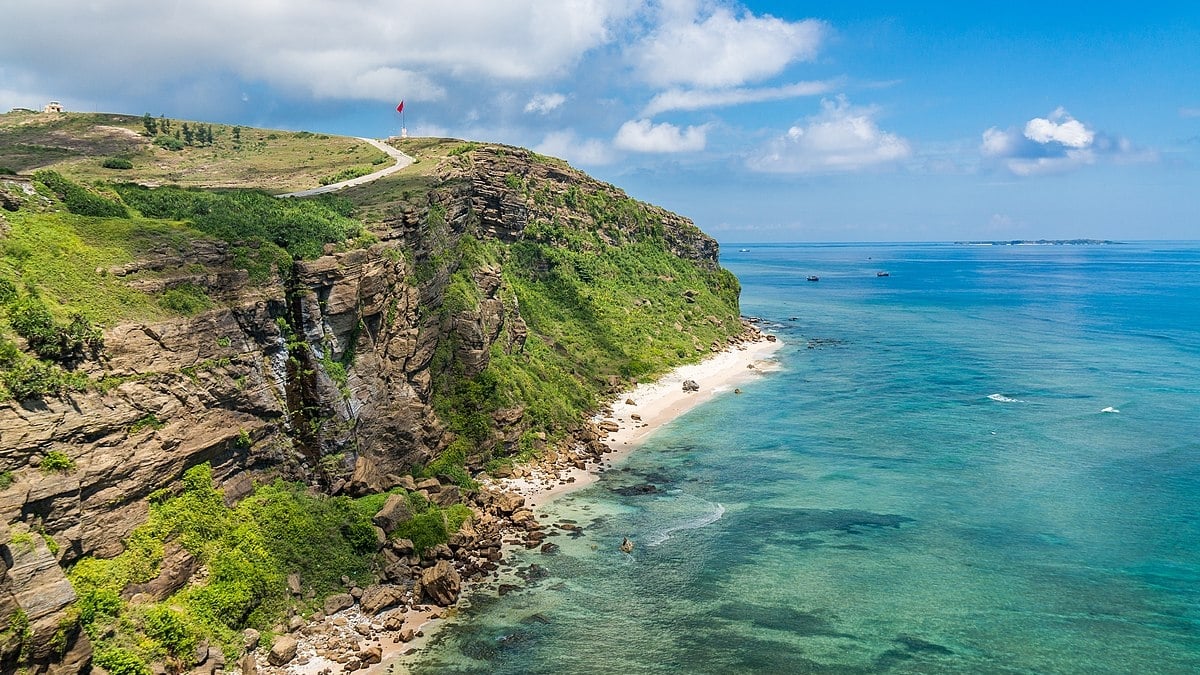

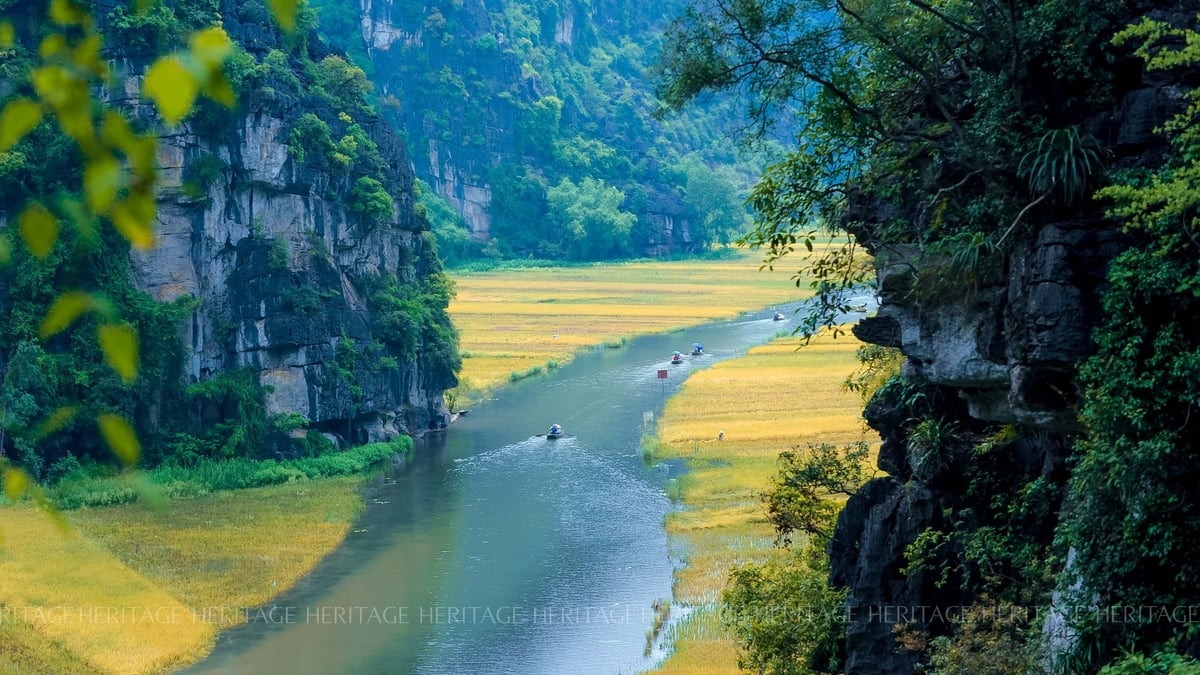


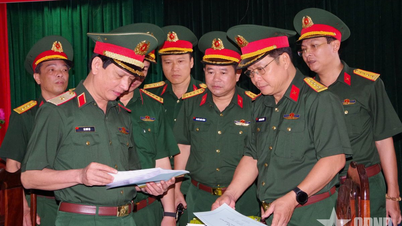

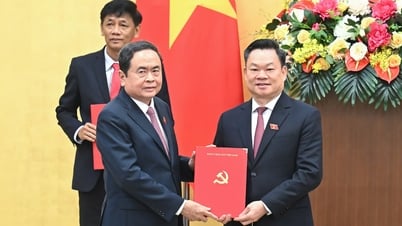

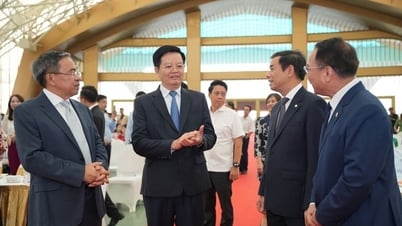



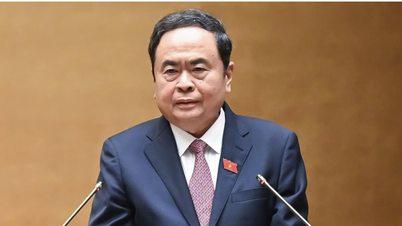

























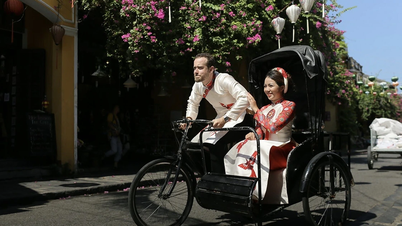









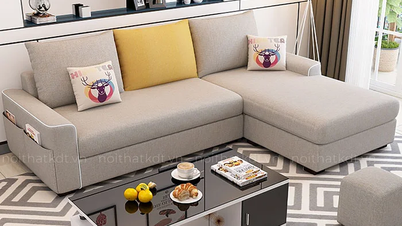






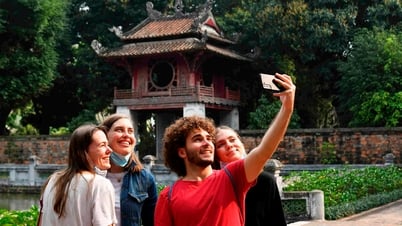
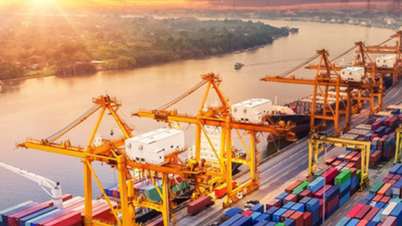






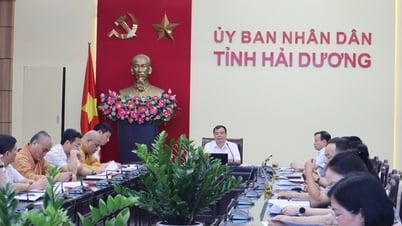

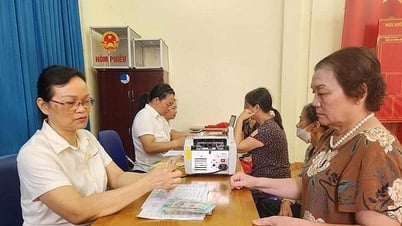



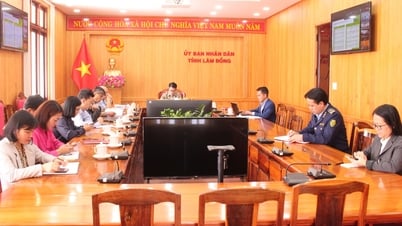
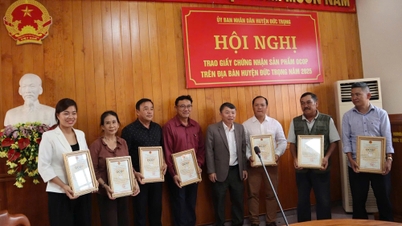


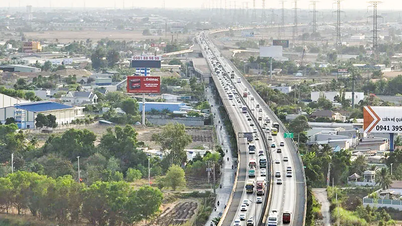













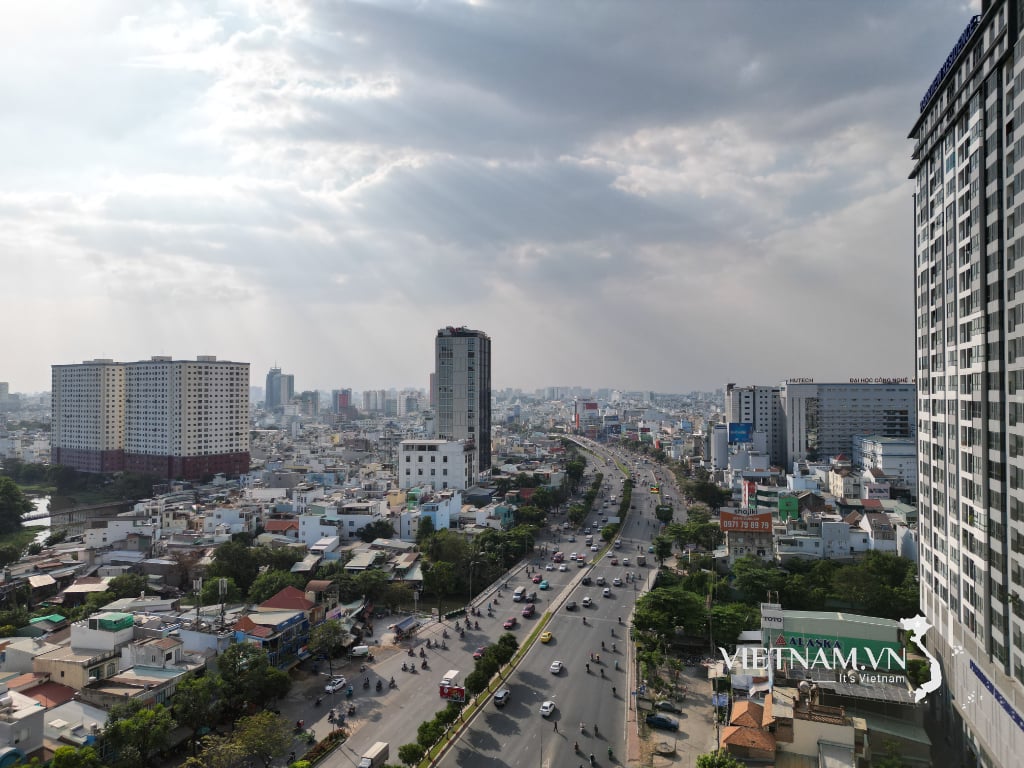
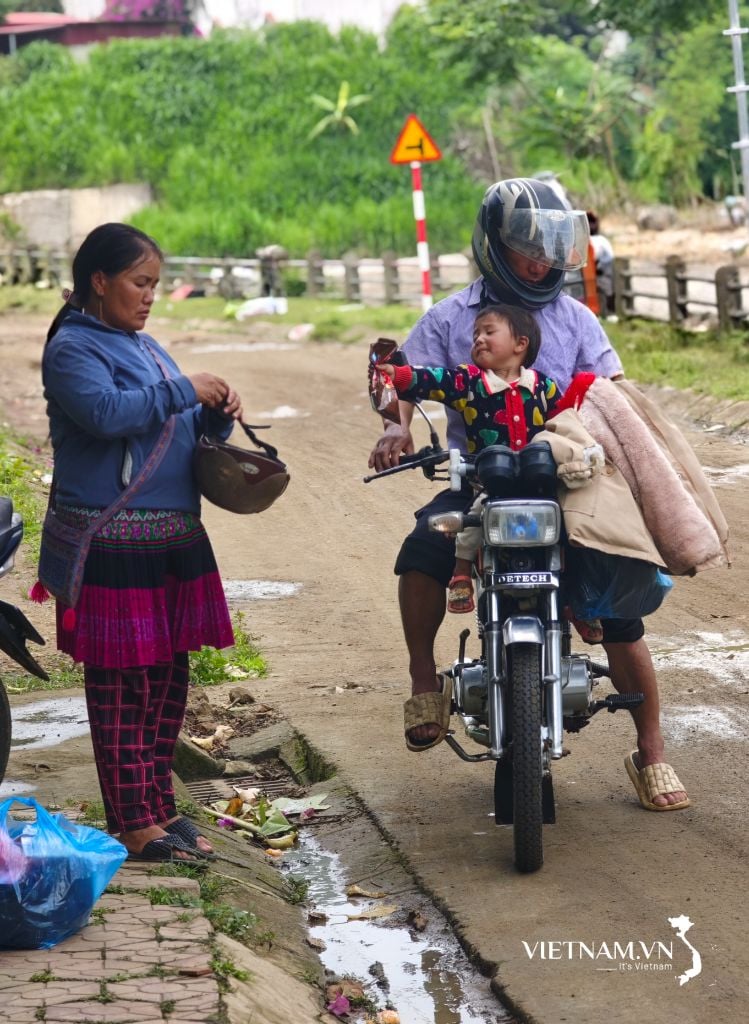
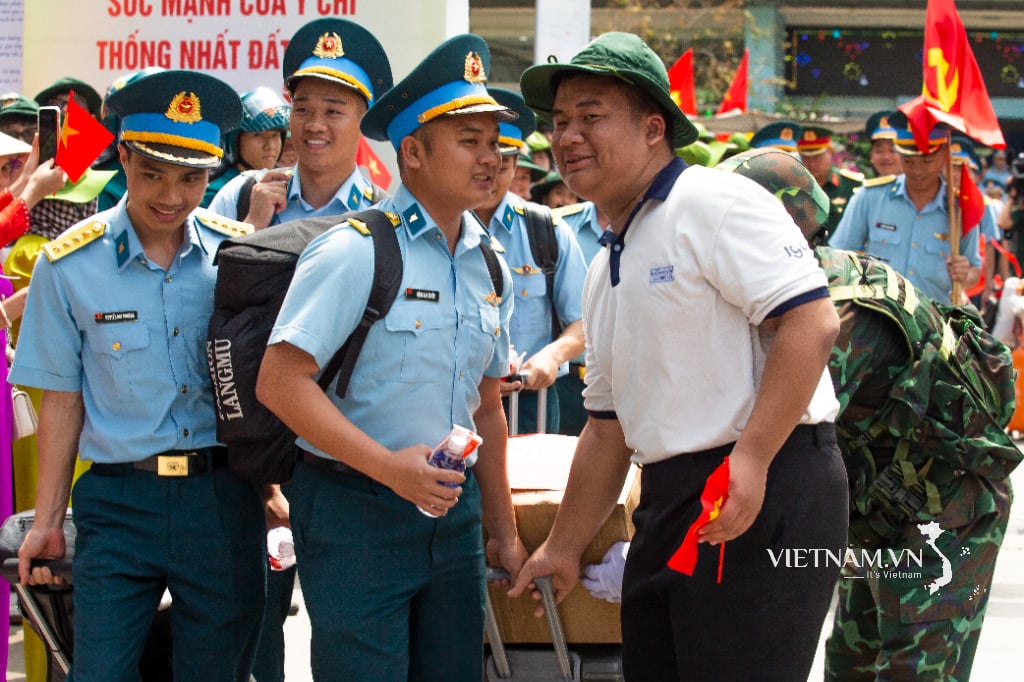
Comment (0)